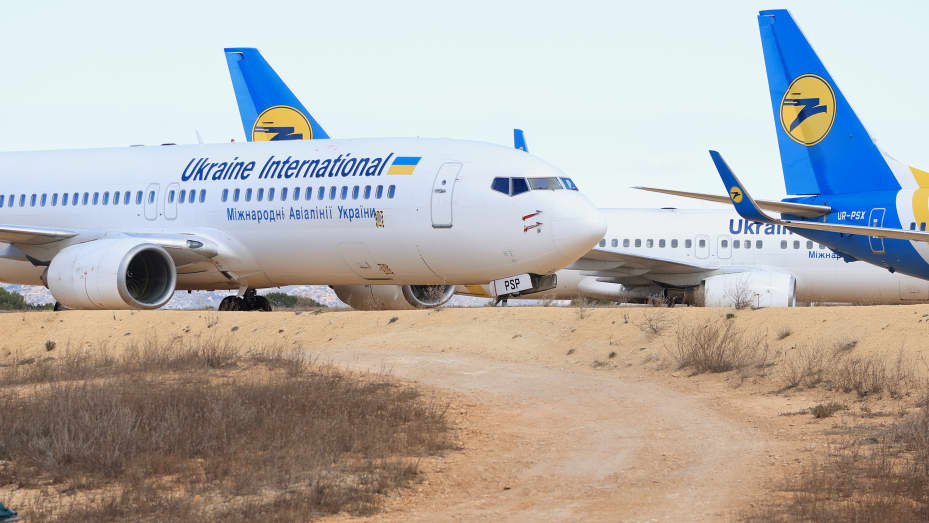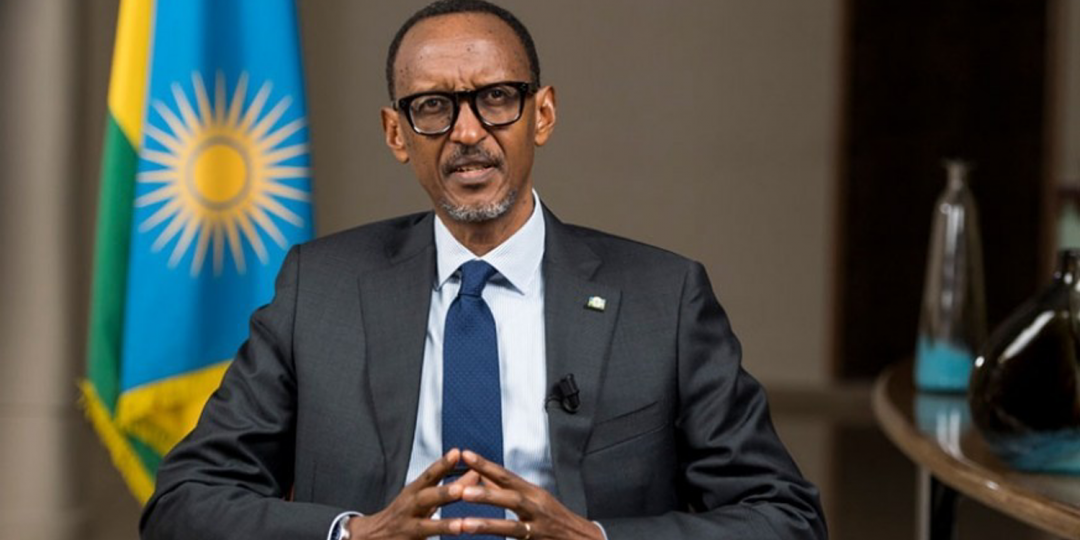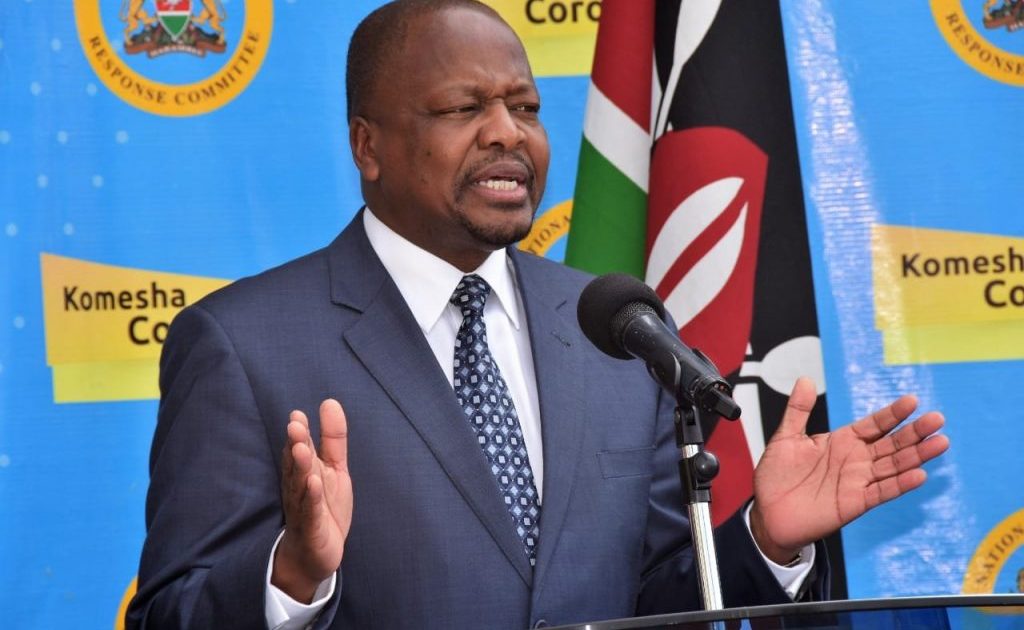The Russian government has prepared a draft decree that could allow Russian airlines to pay for leased aircraft in roubles throughout 2022.
However, if a foreign lessor decides to terminate a leasing contract and requests that the aircraft be returned earlier than specified in a leasing agreement, the airline will have a right to continue flying the plane, according to Interfax.ru.
Under a new law drafted by the Ministry of Transport of the Russian Federation on March 10, 2022, the decision to terminate lease agreements and return aircraft to foreign lessors will be overseen by a special government commission, headed by Deputy Prime Minister Yury Borisov. Without the commission’s decision, Russian carriers will be allowed to continue operating the leased aircraft and the leased planes.
Russia’s Ministry of Transport also proposed that aircraft are expected to be insured and reinsured by Russian insurance organizations under the same conditions specified in the contract.
The draft decree will apply to all aircraft lease agreements concluded before February 24, 2022.
Western sanctions imposed on Russia following its invasion of Ukraine require foreign lessors to terminate lease contracts in Russia by March 28, 2022. However, foreign leasing companies are unlikely to be able to reclaim aircraft from Russia while the conflict in Ukraine continues.
On March 7, 2022, the Russian Federal Air Transport Agency (Rosaviatsiya) issued a host of recommendations for airlines in an attempt to negate Western sanctions.
Russian authorities have recommended airlines avoid operating to foreign destinations with leased aircraft in order to mitigate the likelihood of planes being seized while on the ground outside of Russia. The authorities have also discussed re-registering aircraft owned by foreign lessors, effectively nationalizing the aircraft, and have urged operators to keep all technical documents to hand.
Source: Aerotime Hub





